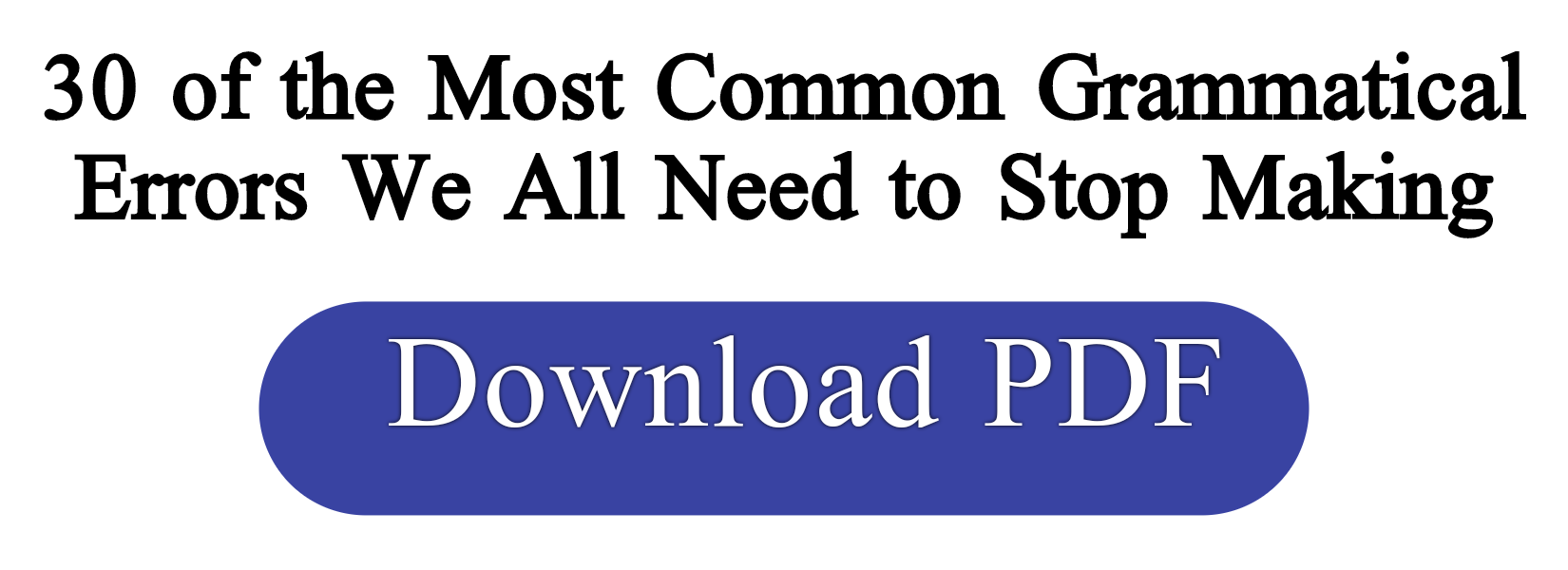Brackets, in common with a
pair of commas or a pair of dashes, are used to enclose
information that is in some way additional to a main statement. The information
so enclosed is said to be in parenthesis
and the pair of brackets enclosing it can be known as parentheses. The information that is enclosed in the brackets is
purely supplementary or explanatory in nature and could be removed without
changing the overall basic meaning or grammatical completeness of the
statement.
Brackets, like
commas and dashes, interrupt the
flow of the main statement but brackets indicate a more definite or
clear-cut interruption. The fact that they are more visually obvious emphasizes
this. Material within brackets can
be one word, as in the following sentences:
In a local wine bar we had
some delicious crepes (pancakes)
They didn’t have the chutzpah
(nerve) to challenge her.
Material within brackets can also take the form of dates, as in the following sentences:
Robert Louis Stevenson (1850–94) wrote Treasure Island.
Animal Farm was written by George
Orwell (1903–50).
The material within brackets (see 1) can
also take the form of a phrase, as
in the following sentences:
They served lasagne (a kind of
pasta) and some delicious veal.
They were drinking Calvados (a kind of
brandy made from apples).
The material within brackets can also take the form of a clause, as in the following sentences:
We were to have supper (or so
they called it) later in the evening.
They went for a walk round
the loch (as a lake is called in Scotland) before taking their departure.
The material within brackets can also take the form of a complete sentence, as in the following sentences:
He was determined (we don’t
know why) to tackle the problem alone.
She made it clear (nothing could be more clear) that she was not interested in the offer.
Sentences that appear in
brackets in the middle of a sentence are not usually given an initial capital
letter or a full stop, as in the following sentence:
They very much desired (she had
no idea why) to purchase her house.
If the material within brackets comes at the end of a sentence
the full stop comes outside the second bracket, as in the following sentence:
For some reason we agreed to visit her at home (we had no idea where she lived).
If the material in brackets is a sentence which comes
between two other sentences it is treated like a normal sentence with an
initial capital letter and a closing full stop, as in the following sentences:
He never seems to do any studying. (He is
always either asleep or watching television.) Still, he does brilliantly in his exams.
Punctuation of the main
statement is unaffected by the presence of the brackets and their enclosed
material, except that any punctuation that would have followed the word before
the first bracket follows the second bracket, as in the following sentence:
He lives in London (I am not sure exactly where), though his family live in France.
There are various shapes of
brackets. Round brackets are the
most common type. Square brackets
are sometimes used to enclose information that is contained inside other
information already in brackets, as in the following sentence:
(Christopher Marlowe
[1564–93] was a contemporary of Shakespeare).
Square brackets are also sometimes used to enclose information that is
contained
in a piece of writing where
round brackets have already been used for some other purpose. Thus, in a
dictionary if round brackets are used to separate off the pronunciation, square
brackets are sometimes used to separate off the etymologies.
Square brackets
are also used for editorial comments in a scholarly work where the material
within brackets consists of an editorial comment or expanation within a
quotation by another author. They can also be used in scholarly writing to
indicate words or phrases that have been altered by the author in a quotation
by another writer.








